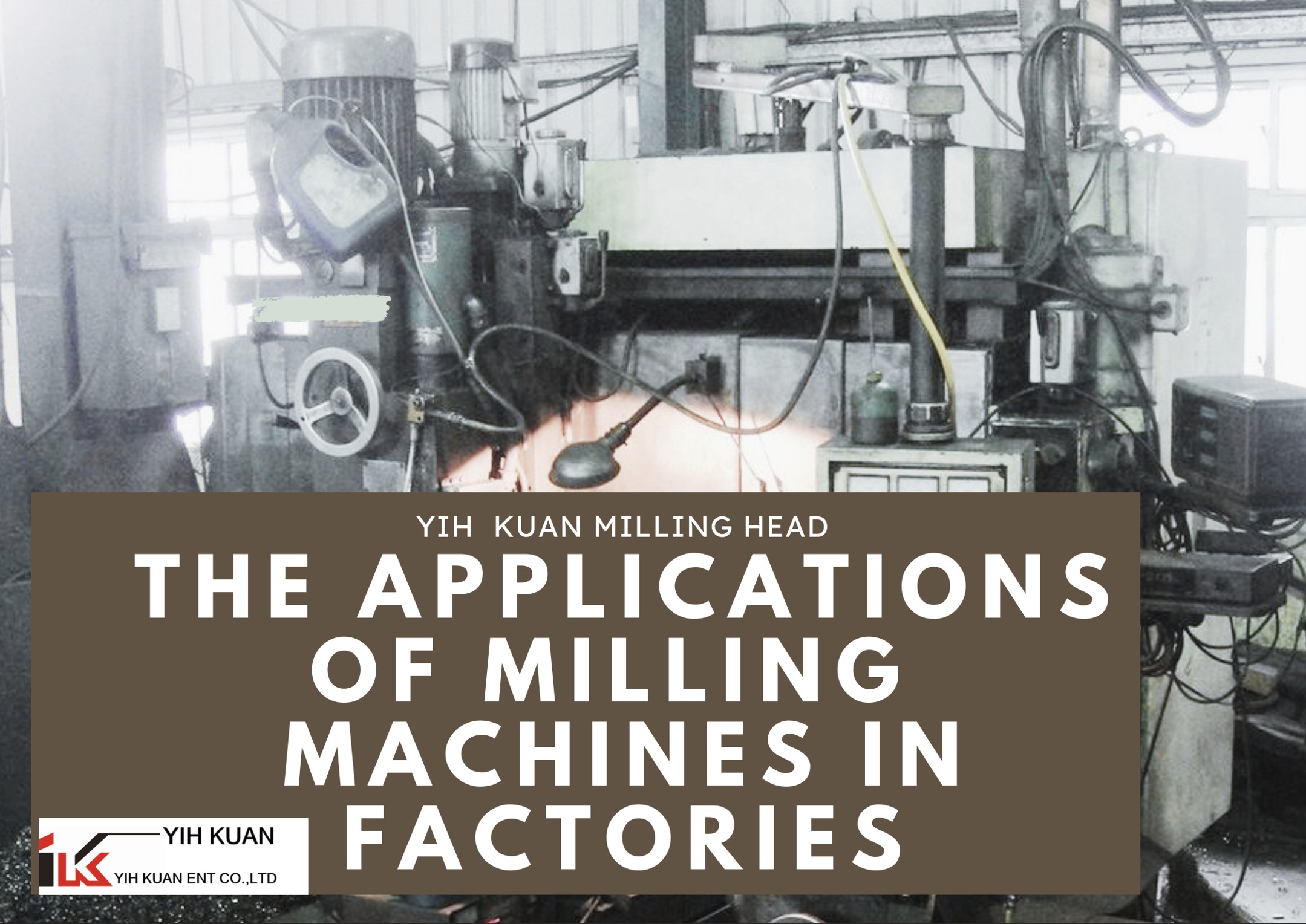Blog
The Applications and Importance of Conventional Milling Machines in Factories
2025.01.31

Although conventional milling machines have gradually been replaced by CNC (Computer Numerical Control) equipment in modern factories, their flexibility, low cost, and adaptability still secure them a crucial place in various manufacturing environments. Especially in small-batch production, maintenance work, and machining skill training, the value of conventional milling machines remains indispensable.
◎Applications of Conventional Milling Machines
- Prototype Development and Small-Batch ProductionConventional milling machines are ideal for developing new product prototypes as they allow for quick adjustments and modifications without the need for programming or complex machine setups. For small-scale production, their intuitive operation helps shorten production cycles.
- Prototyping, Maintenance, and Custom Parts MachiningMany factories still rely on conventional milling machines for prototyping and maintenance work, especially in the upkeep of large machinery or specialized components. By upgrading components and applying jigs and fixtures, conventional milling machines can be adjusted to meet specific needs, enhancing production efficiency.
- Technical Training and LearningConventional milling machines are essential tools for technical schools and in-house factory training. Learners can manually operate the machines to understand machining principles, develop fundamental metal-cutting skills, and build a solid foundation for advancing to CNC machining.
Yih Kuan Enterprise Co., Ltd. provides a wide range of milling heads tailored to different motor specifications, transmission methods, machining strokes, and specialized milling head requirements. Through consultative services, we help users identify their precise milling machine needs and match them with the most suitable milling head modifications.
- Selecting the Right Milling Head to Enhance Machining Capability
One of the core components of a conventional milling machine is the milling head, which significantly affects machining precision, efficiency, and application range. Choosing the right milling head can improve cutting performance and reduce machining errors. For instance, if a factory frequently processes harder materials, selecting a high-rigidity milling head ensures stable cutting performance. Additionally, for multi-angle machining requirements, an adjustable milling head can enhance flexibility.
- Upgrading the Milling Head to Improve Production Efficiency
Many factories upgrade their milling heads to enhance the performance of conventional milling machines. Upgrades include installing high-speed milling heads to increase cutting speed or adding automatic feed functions to reduce operator workload. For high-precision machining needs, opting for precision-grade milling heads can significantly improve machining accuracy.
Conclusion
Although automation and CNC machines are becoming mainstream, conventional milling machines remain irreplaceable in factories. Whether for small-batch machining, prototyping, maintenance, or technical training, they play a vital role. By selecting the right milling head, upgrading milling heads, and utilizing customized milling machine components, companies can further enhance machining efficiency, ensuring that this traditional equipment continues to provide value in modern manufacturing.